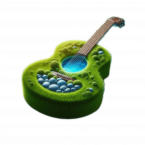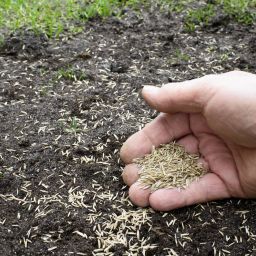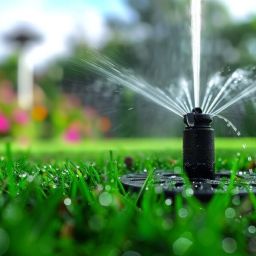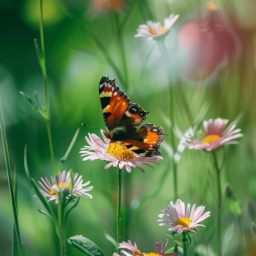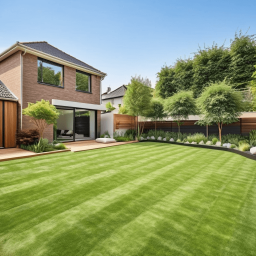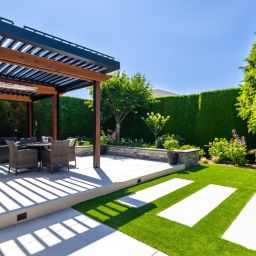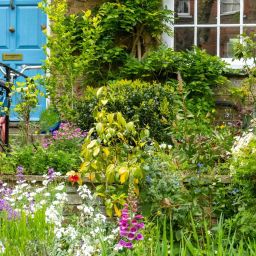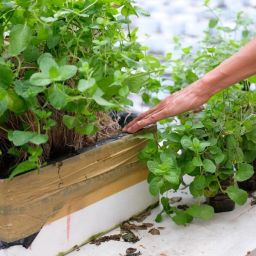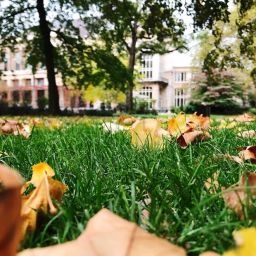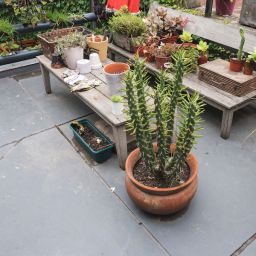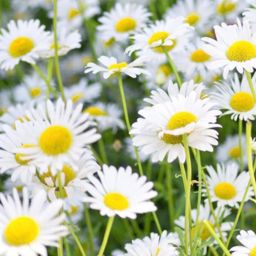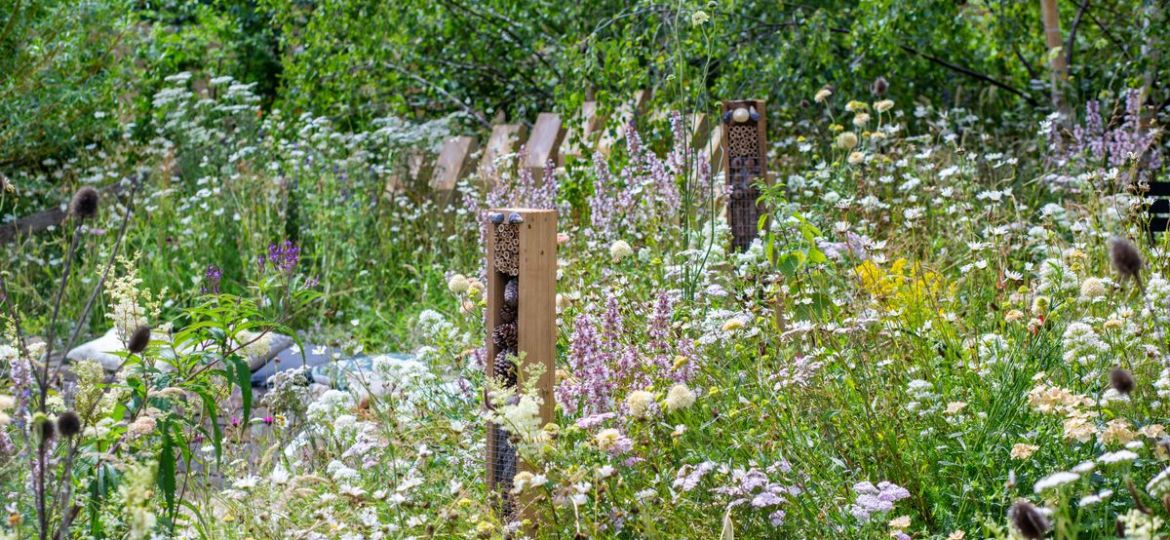
Creating a wildlife-friendly garden is not only a rewarding endeavor for nature lovers but also a vital step toward supporting local ecosystems. In Nashville, where urban development often encroaches on natural habitats, cultivating a garden that welcomes wildlife can make a significant difference. This guide from Landscaping Nashville will provide you with practical tips and insights on designing a garden that attracts and supports various forms of wildlife, from birds and butterflies to beneficial insects and small mammals.
CONTACT US
Understanding the Importance of Wildlife Gardens
Creating a wildlife-friendly garden in Nashville has many benefits. Such gardens promote biodiversity, provide essential habitats, and help pollinate local flora. By integrating natural elements into your landscaping, you can create a balanced ecosystem that supports both flora and fauna.
Benefits of Wildlife Gardens
- Biodiversity Support: Wildlife gardens encourage a variety of species to thrive, from pollinators like bees and butterflies to birds and small mammals.
- Ecosystem Health: Healthy ecosystems contribute to air and water quality, pest control, and overall environmental stability.
- Educational Opportunities: Wildlife gardens serve as outdoor classrooms, providing valuable learning experiences for children and adults alike.
Assessing Your Space
Before you start designing your wildlife-friendly garden, it’s essential to assess the space you have available. Consider the following factors:
Sunlight and Shade
Different plants require varying amounts of sunlight. Observe how much sun your garden area receives throughout the day to select appropriate plants.
Soil Type and Quality
Understanding your soil type is crucial for plant selection. You can conduct a soil test to determine pH levels and nutrient content, which will help you choose plants that will thrive in your garden.
Space Size and Layout
The size and layout of your garden will influence your design. Consider creating distinct zones, such as flower beds, shrubs, and open spaces, to attract different types of wildlife.
Choosing Native Plants
One of the most effective ways to create a wildlife-friendly garden is by using native plants. Native plants are adapted to the local climate and soil conditions, making them more resilient and easier to maintain.
Benefits of Native Plants
- Lower Maintenance: Native plants require less water, fertilizer, and pesticide, making them easier to care for.
- Wildlife Attraction: Many native plants provide food and habitat for local wildlife. For instance, milkweed is essential for monarch butterflies, while various flowering plants attract pollinators.
- Ecosystem Resilience: Native plants contribute to the health of local ecosystems, helping to stabilize soil and prevent erosion.
Recommended Native Plants for Nashville
- Purple Coneflower (Echinacea purpurea): Attracts butterflies and provides seeds for birds.
- Black-eyed Susan (Rudbeckia hirta): A hardy flower that attracts bees and butterflies.
- Buttonbush (Cephalanthus occidentalis): A shrub that offers nectar for butterflies and habitat for birds.
For more information on native plants and their benefits, check out our guide on native plants for landscaping.
Providing Water Sources
Water is vital for wildlife. Incorporating a water source into your garden can attract birds, butterflies, and beneficial insects.
Creating Water Features
- Birdbaths: A shallow birdbath provides a place for birds to drink and bathe. Change the water regularly to keep it fresh.
- Ponds: If space allows, consider adding a small pond. Ponds support amphibians and insects and offer a habitat for wildlife.
- Rain Gardens: These can capture rainwater runoff while providing a habitat for various species. Choose native plants that thrive in wet conditions.
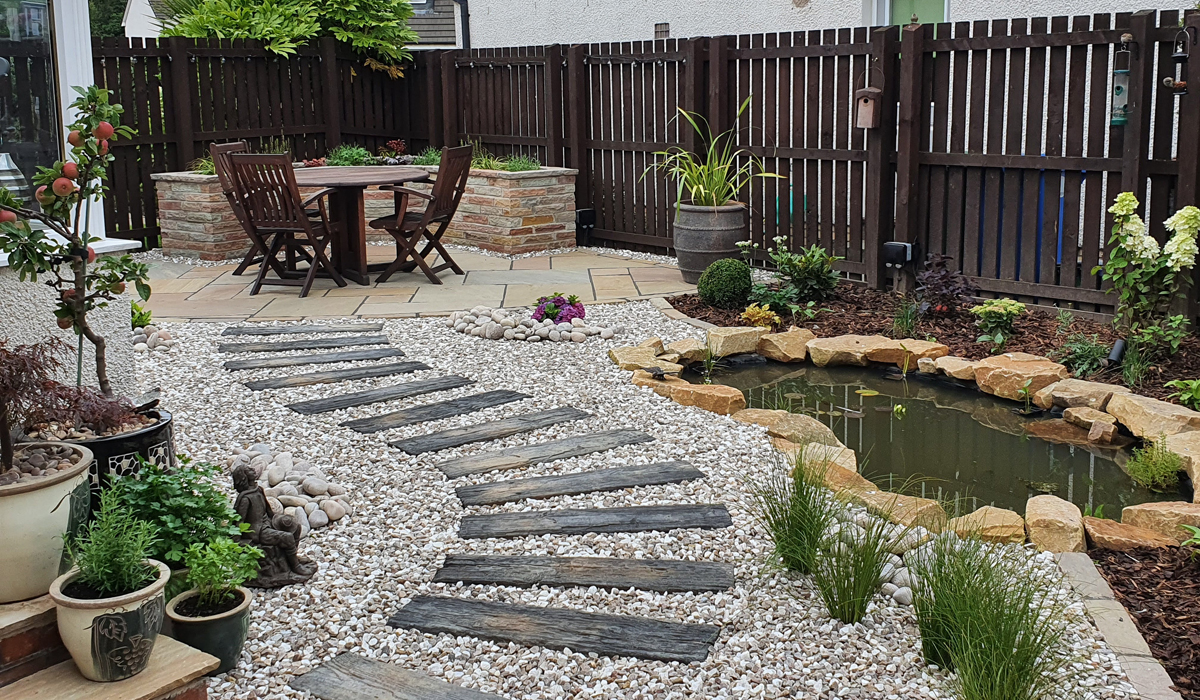
Creating Shelter and Nesting Sites
Wildlife needs shelter to thrive. Creating places for animals to hide, nest, and roost can significantly enhance your garden’s appeal to various species.
Shelter Options
- Dense Shrubs: Planting dense shrubs provides cover for small birds and mammals.
- Rock Piles: Stacking rocks creates shelter for reptiles and beneficial insects.
- Nesting Boxes: Installing birdhouses can attract a variety of birds, such as bluebirds and wrens.
Incorporating Food Sources
Providing food sources is crucial for attracting and retaining wildlife in your garden. Incorporating a variety of plants that produce fruits, seeds, and nectar can help sustain local wildlife.
Food Options
- Flowering Plants: Choose plants that bloom at different times throughout the year to provide nectar for pollinators.
- Fruit-Bearing Shrubs: Blueberries, elderberries, and serviceberries are excellent choices that provide food for both birds and humans.
- Seed-Producing Grasses: Incorporate grasses that produce seeds to feed birds in the winter.
Implementing Sustainable Practices
Sustainability is key when creating a wildlife-friendly garden. Implementing eco-friendly practices can reduce your environmental impact and promote a healthier ecosystem.
Sustainable Practices
- Organic Gardening: Avoid pesticides and herbicides that can harm beneficial insects and wildlife. Instead, use organic methods for pest control.
- Mulching: Use organic mulch to retain soil moisture, suppress weeds, and improve soil health.
- Composting: Composting kitchen scraps and yard waste can enrich your soil and support plant health.
Maintaining Your Wildlife Garden
Once you have established your wildlife-friendly garden, maintenance is essential to keep it thriving. Regular care ensures that your garden continues to attract and support local wildlife.
Maintenance Tips
- Pruning and Deadheading: Regularly prune plants and deadhead flowers to encourage new growth and maintain a tidy appearance.
- Monitoring Wildlife: Keep an eye on the wildlife in your garden. Observe what species are visiting and make adjustments to your plant selection as needed.
- Seasonal Cleanup: Leave some plant material over the winter for wildlife shelter and food sources. Clean up in early spring to encourage new growth.
Frequently Asked Questions (FAQs)
What is a wildlife-friendly garden?
A wildlife-friendly garden is designed to attract and support various species of wildlife, including birds, butterflies, and beneficial insects. It incorporates native plants, food sources, water features, and shelter to create a balanced ecosystem.Why are native plants important for wildlife gardens?
Native plants are essential because they are adapted to the local climate and soil conditions, making them more resilient and easier to maintain. They provide food and habitat for local wildlife, promoting biodiversity and ecosystem health.How can I attract birds to my garden?
To attract birds, provide food sources like seed-producing plants and nectar-rich flowers. Installing birdhouses and birdbaths also helps create a welcoming environment for various bird species.What types of water features can I add to my garden?
You can add birdbaths, small ponds, or rain gardens to provide water for wildlife. Birdbaths offer a place for birds to drink and bathe, while ponds support amphibians and insects.How do I maintain my wildlife-friendly garden?
Regular maintenance includes pruning plants, deadheading flowers, and seasonal cleanup. Monitor the wildlife in your garden and make adjustments to your plant selection as needed to ensure continued attraction and support for local species.Are pesticides harmful to wildlife gardens?
Yes, conventional pesticides and herbicides can harm beneficial insects and wildlife. It’s best to use organic gardening methods to control pests while protecting the ecosystem in your garden.Can I have a wildlife garden in a small space?
Absolutely! Even small spaces can be transformed into wildlife-friendly gardens. Incorporate container gardening, vertical gardens, and choose plants that thrive in limited areas to attract local wildlife.Conclusion
Creating a wildlife-friendly garden in Nashville is a rewarding project that benefits both you and the local ecosystem. By understanding the importance of native plants, providing water sources, creating shelter, and implementing sustainable practices, you can create a vibrant garden that attracts diverse wildlife. Contact Landscaping Nashville, we believe that a wildlife-friendly garden not only enhances your property but also contributes to a healthier environment.
For more tips and resources on creating your ideal outdoor space, explore our landscaping services and let us help you transform your garden into a wildlife haven. Embrace the beauty of nature in your backyard and make a positive impact on the local ecosystem today!
